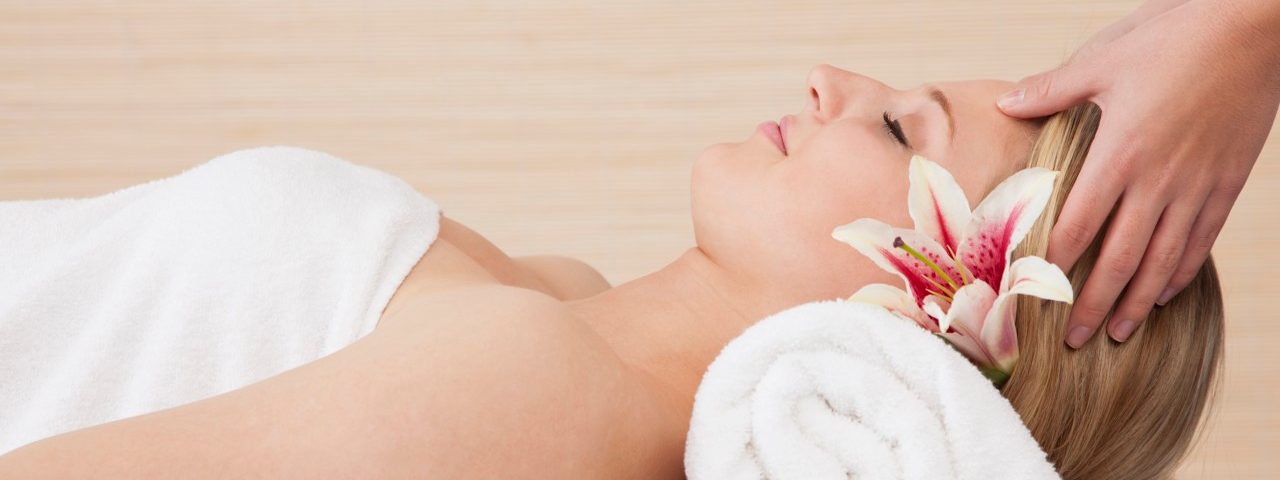Don’t Believe the Pseudoscience Around Massage

Mild evidence suggests that massage is beneficial, but the pseudoscience endures. You can enjoy it and even get pain relief, without signing on to nonsense.
Massage has die-hard fans, and mild evidence suggests that it’s beneficial. The pressing, rubbing, and manipulating of your skin, muscles, tendons, and ligaments may cut muscle tension with unpredictable benefits. For example, a 2020 review found that many massage styles could boost motor skills and quality of life in patients with Parkinson's disease.
You’re likely to hear any number of pseudoscientific claims, however, says Paul Ingraham, the author of PainScience.com and a registered massage therapist who specialized in difficult chronic pain cases for a decade. “Massage is a rich sensory experience,” he says, “but that doesn't translate well into discrete, evidence-based medical benefits any better than a deeply satisfying artistic experience, or having a terrific relationship with a dog.”
YOU MIGHT ALSO LIKE: The Health Benefits of Massage
Myths about massage
Claim: A good massage therapist can zero in on the places where “you’re tight.” Response: How tight you are to the touch doesn’t say much about your own comfort. Rocklike muscles may not be sore, and doughy muscles may feel awful, Ingraham says. In one study, examiners were asked to pick the most tense side of the back or neck in patients who, unknown to the examiners, suffered pain on only one side. The examiners picked the correct side in 65 percent of the back cases, and 58.5 percent of the neck cases. That’s not quite a slam dunk. “’You’re really tight’ is often more of a sales pitch than a diagnosis,” Ingraham says.
Claim: A good massage therapist digs in deep — “no pain, no gain.” Response: Too much pressure can make you more tense and even feel like you have a flu, Ingraham explains. In one study in which researchers called 91 massage therapy clients after their session, 10 percent reported “minor discomfort.” Most of them said it came on within a day and was gone within three. The same study found that 23 percent “experienced unexpected, non-musculoskeletal positive side effects.” If you like massage, Ingraham advises telling anyone who works on you to back off if it starts to feel painful. You don’t need the pain to gain and the pain carries risk, explained below.
Claim: Massage “detoxifies” the body. Response: There’s no evidence that massage releases any nasty molecules. In fact, a very strong massage could be mildly damaging muscle, “spilling proteins into the blood and clogging up the kidneys — a type of literal poisoning. Toxification, not detoxification!,” Ingraham writes.
If you ask massage therapists talking about detoxification what toxins they mean, they might name lactic acid — wrongly blaming it for post-exercise soreness — but research indicates that massage actually interferes with lactic acid elimination.
Claim: Massage increases circulation. Response: “It doesn’t really matter if massage increases circulation, because even a modest boost would be clinically trivial, dwarfed by the effect of any amount of exercise,” Ingraham says. Brisk walking would do more.
Claim: Fascia — connective tissue throughout the body — needs to be “released” by pulling on it. Response: While the surge of science on fascia may lead to remedies, there’s scant evidence for any of the therapies touted, Ingraham argues. Extreme fascial release therapy can injure you, he warns.
The positive side of massage
There’s some science behind the idea that massage can improve sleep, especially with a sweet almond or lavender. It may boost.
There’s also mild evidence that it can relieve pain, but as of a 2019 review the authors found few high-quality studies. The effect may be similar to anything else that’s “pleasant, relaxing, or reassuring,” Ingraham says. If you’re a fan, expect to keep coming back. A Swedish team tested the effects of six sessions of massage on patients with neck pain, compared to advice. People reported less pain in the massage group after seven weeks and six months, but not after a year.
One key lesson
The origin of a muscle pain may be in a different spot. Ingraham tells the story of a relative, an uncomplaining weathered and cheerful former farmer who had an ache on the front of one shoulder. His doctor had diagnosed it as arthritis. When Ingraham saw him, he was “pale with pain,” and the pain was getting worse quickly. Ingraham rubbed a spot on his back — not front — for 5 minutes, and the man experienced complete relief. “He spent the rest of that weekend swinging his arm around, chuckling and saying things like ‘Who knew?’ and ‘Well, damn, ain’t that something!’”
Updated:
April 22, 2022
Reviewed By:
Janet O’Dell, RN